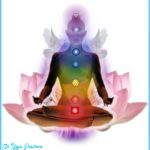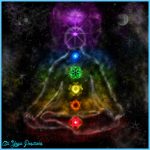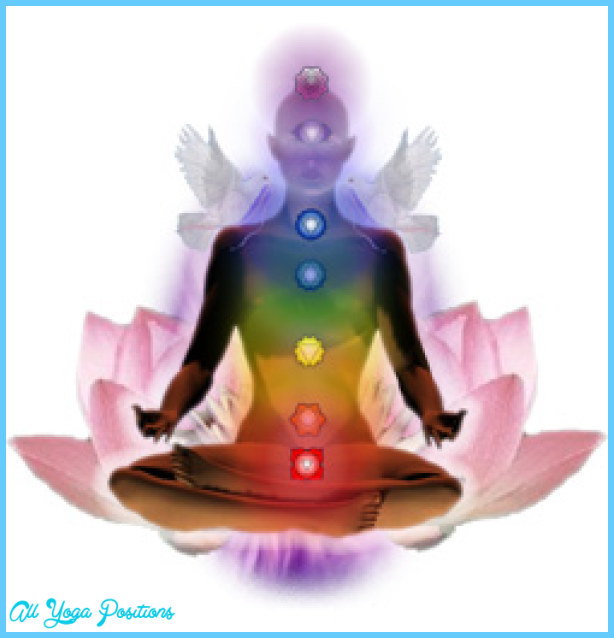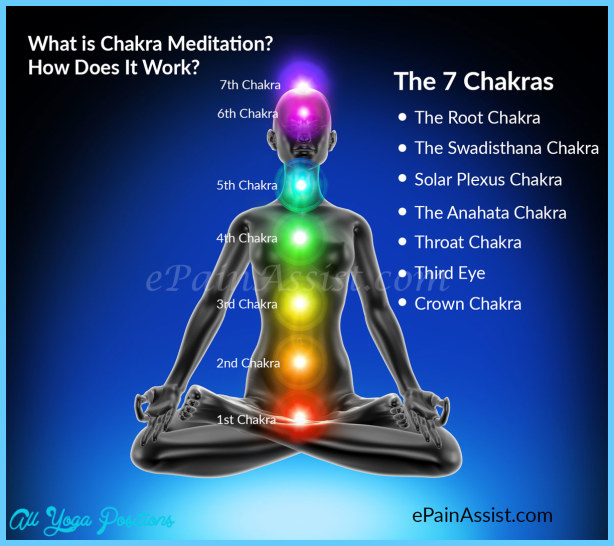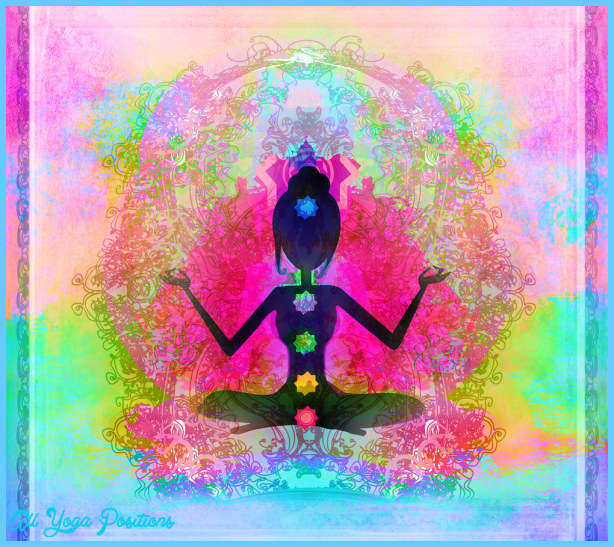Chakra is the Sanskrit word for “wheel.” The wheels are rotating energy centers within the body, and they are always active. If you are acquainted with physics or quantum physics, in which movement occurs continuously at the atomic particle level, the continual movement within the chakras will not be a difficult concept to grasp.
Each chakra is connected to an emotional and psychological function within the astral or emotional body and physical body. Because the human body is in a constant state of flux, human behavior influences the chakras.
Western and Eastern Approaches
When we begin talking about universal energy or energy channels, a subject that cannot be quantified or verified, we may question its existence. In yogic and Eastern thought, what is essential is not always visible to the eye. Chakras are an essential component of the yogic anatomy. Nevertheless, they are invisible and are not taught in human anatomy in the West. For most of us, the mention of the visible or tangible is pretty easy to digest, but the idea of working in the invisible or intangible realm drums up doubts or conflicting notions.
In order to understand the significance of chakras, we must look at the way both Eastern and Western medicine approach the body and the mind. There is a sea of differences between the way the West approaches medical philosophy and the way the East approaches it.
SMART SOURCES
In 1988, Herbert Benson, M.D., professor of Medicine at Harvard Medical School, founded the Mind/Body Institute in Deaconess, Massachusetts, outside of Boston. The institute is affiliated with six hospitals nationwide and when established was a radical departure from traditional care. In 1995 Benson established the Center for Training in Mind/Body Medicine in Boston, which teaches clinicians how to practice mind/body medicine.
Mind/Body Medical Institute 110 Francis St. Suite 1A Boston, MA 02215 (617) 632-9530 www. mindbody. harvard. edu
Western Medical Philosophy
Western medicine is based on the Cartesian philosophy; that is, the body represents one functioning system and the mind another. The mind and body are two separate entities. In Western medicine, the emphasis is on a rational approach. Western science works in the realm of proven truths; if it can’t be proven, it probably isn’t true.
Some doctors, however, are beginning to challenge this approach. Recent medical research has begun to uncover scientific truth behind the mindbody connection.
Eastern Medical Philosophy
In Eastern medicine, the approach to the physical body and the mind is more connective. The mind and the body are not looked upon as separate entities, but merge holistically as one intimate entity. Eastern medicine acknowledges that if something is stressing the mind, it will provoke symptoms in the body, and vice versa. It postulates that health is achieved and disease prevented by maintaining the body in a balanced state, thus physical and mental well-being must be combined. In Ayurvedic medicine, the Indian science of life and longevity, the body’s energy unit needs to be in balance in order to hum along in a healthy state. Naturopathic doctors in India subscribe to a similar outlook regarding the body and mind. When the chakras become blocked, both the mind and the body can experience pain, stress, or discontentment.
Naturopathy
A system and a philosophy of natural healing that goes back to Hippocrates in the fifth century B.C. Naturopathy has been called ”a method of curing disease by releasing inner vitality and allowing the body to heal itself.” It emphasizes the body’s ability to heal itself.
Source: The Best Guide to Alternative Medicine, Paul Froemming, M.A.



